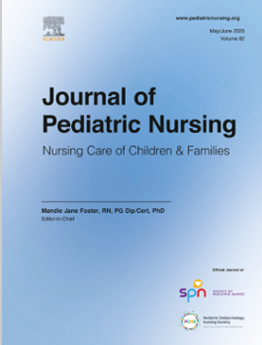Heart Rate Variability biofeedback therapy for children and adolescents with chronic pain: A pilot study
Categorieën
Steekwoorden
Categorieën
Steekwoorden
- Toon alle
- ADHD
- Angst/Paniek
- Bloeddruk
- Burnout
- Chronische pijn
- Cognitieve functie
- Cortisol/DHEA
- Dementie
- Depressie
- Diabetes
- Hart- & Vaatziekten
- Intuitie & Bewustzijn
- Kanker
- Kinderen/jeugd
- Kosten
- Leiderschap
- Meditatie/Mindfulness
- Metabool syndroom
- Obesitas/eetstoornis
- PTSS
- Schizofrenie
- Slaap & vermoeidheid
- Social Coherence
- Stress
- Veerkracht
- Wereldwijde coherentie
- Wetenschap HRV & Coherentie
- Zwangerschap
Heart Rate Variability biofeedback therapy for children and adolescents with chronic pain: A pilot study

As a brief, noninvasive, cost-effective, and technology-driven therapy, biofeedback is a promising and welcomed clinical intervention for children and adolescents with pediatric chronic pain conditions. The aim of this pilot study was to explore the application of a brief Heart Rate Variability (HRV) biofeedback intervention supplemented by at-home breathing practice as a tool for reducing symptomatology associated with chronic pain in a pediatric urban hospital setting.
Design and methods:
Twenty-one participants aged 10–17 years (M = 14.05, SD = 1.91; 76% female) and their caregivers completed the study. Participants were randomized to either 1) receive immediate biofeedback treatment including at-home breathing practice or 2) to be placed on a 4-week waitlist and then enrolled in the biofeedback treatment. Study outcomes included self-reported pain intensity, health-related quality of life (HRQOL), and anxiety sensitivity. HRV data were obtained from biofeedback sessions. Results: Following biofeedback treatment, participants achieved significant reductions in self-reported pain intensity, higher levels of self-reported school functioning, and increased HRV, as measured by Blood Volume Pulse (BVP) amplitude. Participants in the waitlist group experienced an increase in pain intensity during the waitlist period.
Conclusion:
Further research is needed to understand the mechanisms underlying HRV biofeedback and its treatment of pediatric chronic pain.
Practice implications:
Nurses are ideal practitioners for biofeedback given their training in physiology and background in healthcare and should be encouraged to explore training in this area. Suggested biofeedback-related apps and mobile devices to share with patients at bedside are provided.